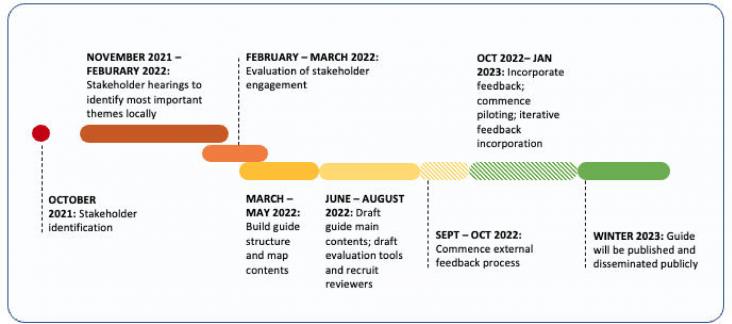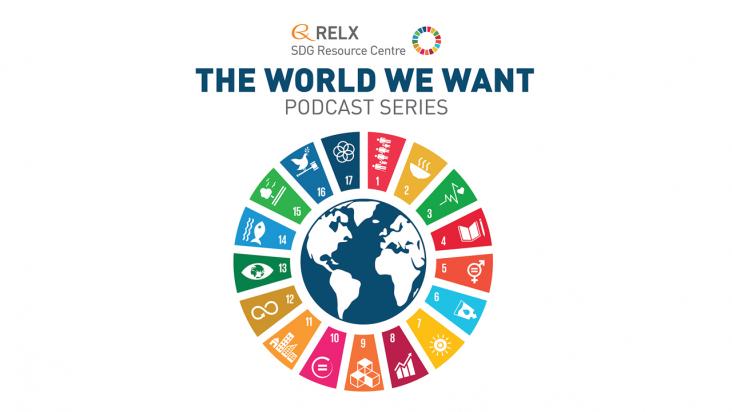Study of hydrochemical and geochemical characteristics and solute fluxes in Upper Ganga Basin, India
Journal of Asian Earth Sciences: X, Volume 8, 1 December 2022
This article supports SDGs 13 and 14 because it confirmed the significant correlation observed between flux and river discharge in Bhagirathi, a turbulent Himalayan river. Himalayan rivers are considered the most sensitive of all the ecosystems to the impact of climate change.
This articles advances SDG # 13 by reconciling flux estimates from models and reports to promote accuracy in NDCs. Land use is an important source of emissions and carbon sinks for nations included in their Nationally Determined Contributions, yet counting the climate impacts accurately remains a challenge.
This report supports SDGs 3 and 13 by monitoring and evaluating the effects of climate change on health in Europe, and the benefits to health of climate action. By tracking 33 indicators in a variety of domains, the report shows that climate-related health risks in Europe are accelerating, and current adapation and mitigation strategies are insufficient. Ambitious strategies are required to prevent worsening harms to human health.
This report supports SDGs 3 and 13 by examining the health effects of climate change globally. It notes the severe harms and health risks being caused by climate change around the world, such as increased extreme weather events, heatwaves, spread of infectious diseases, and threats to food security. It notes the critical need for long-term emissions reduction policies, with a move away from fossil fuels to clean energy sources.
This Article supports SDGs 3 and 13 by using credible climate and population projections to estimate future heatwave-attributable deaths under different emission scenarios and to explore the drivers underlying these patterns of changes in China.
Bay of Bengal (BoB) has immense significance with respect to ecological diversity and natural resources. Studies on microbial profiling and their functional significance at sediment level of BoB remain poorly represented. Herein, we describe the microbial diversity and metabolic potentials of BOB deep-sea sediment samples by subjecting the metagenomes to Nanopore sequencing.

Climate justice and health education can address the disproportionate health impacts of climate change on minoritized communities by providing frameworks to build awareness and instigate action on climate-related health inequities.
Elsevier,
Sarah Perkins-Kirkpatrick, Donna Green, Chapter 2 - Extreme heat and climate change, Editor(s): Yuming Guo, Shanshan Li, Heat Exposure and Human Health in the Context of Climate Change, Elsevier, 2023, Pages 5-36, ISBN 9780128190807, https://doi.org/10.1016/B978-0-12-819080-7.00006-9.
This chapter advances the UN SDG goals 11 and 13 by providing an introduction to climate change and how it drives extreme heat
This article supports SDG 13 by demonstrating the climate change mitigation potential of different land-based options and highlighting the importance of analyzing their implications for biodiversity and other ecosystem services to support the design of solutions that can co-deliver for multiple challenges.

For COP 27, RELX's Global Head of Corporate Responsibility, Dr. Márcia Balisciano, speaks to Corey Peterson
